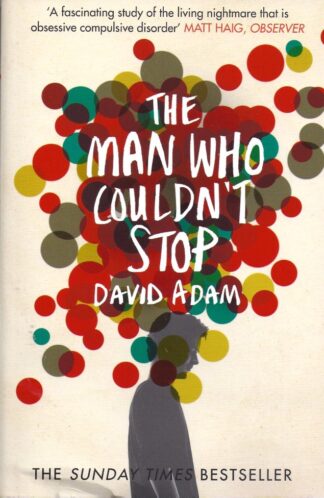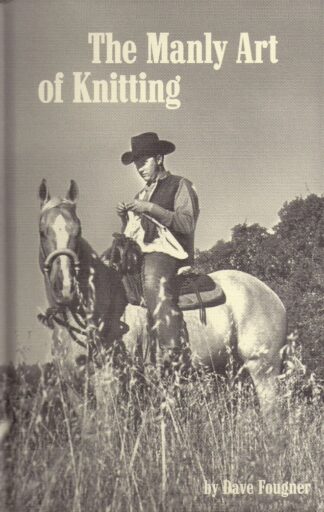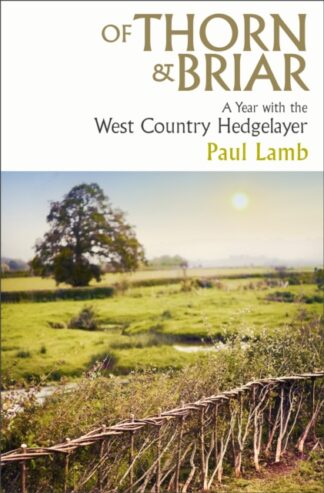Description
We don’t talk about it much in polite society, it’s something we do quietly, alone, discretely, behind closed doors. But we all do it. So does the entire animal kingdom. Contrary to popular opinion, excrement is not a dirty word. From a biological perspective, defaecation is a fascinating process, and its importance does not stop at the point of voidance.
The fall of dung onto the ground is just the beginning of a complex process of reuse and recycling, and comes with its own intricate ecological web as the multiple dung-feeders and scavengers compete with each other, with predators and parasites, and against the clock to make the best use of the limited quantity deposited in each pat.
Dissecting a cow pat came naturally to me. Other dung beetles followed. The great glossy Aphodius fossor, slightly shorter, but thicker and heavier than rufipes, was a favourite, so too was the small mottled and rather rare Aphodius paykulli. The chunky earthmover shape of Onthophagus coenobita appeared when I graduated to dog dung, and the mythically horned Minotaur beetle, Typhoeus typhaeus was eventually dug up from under rabbit crottels in Ashdown Forest.



















